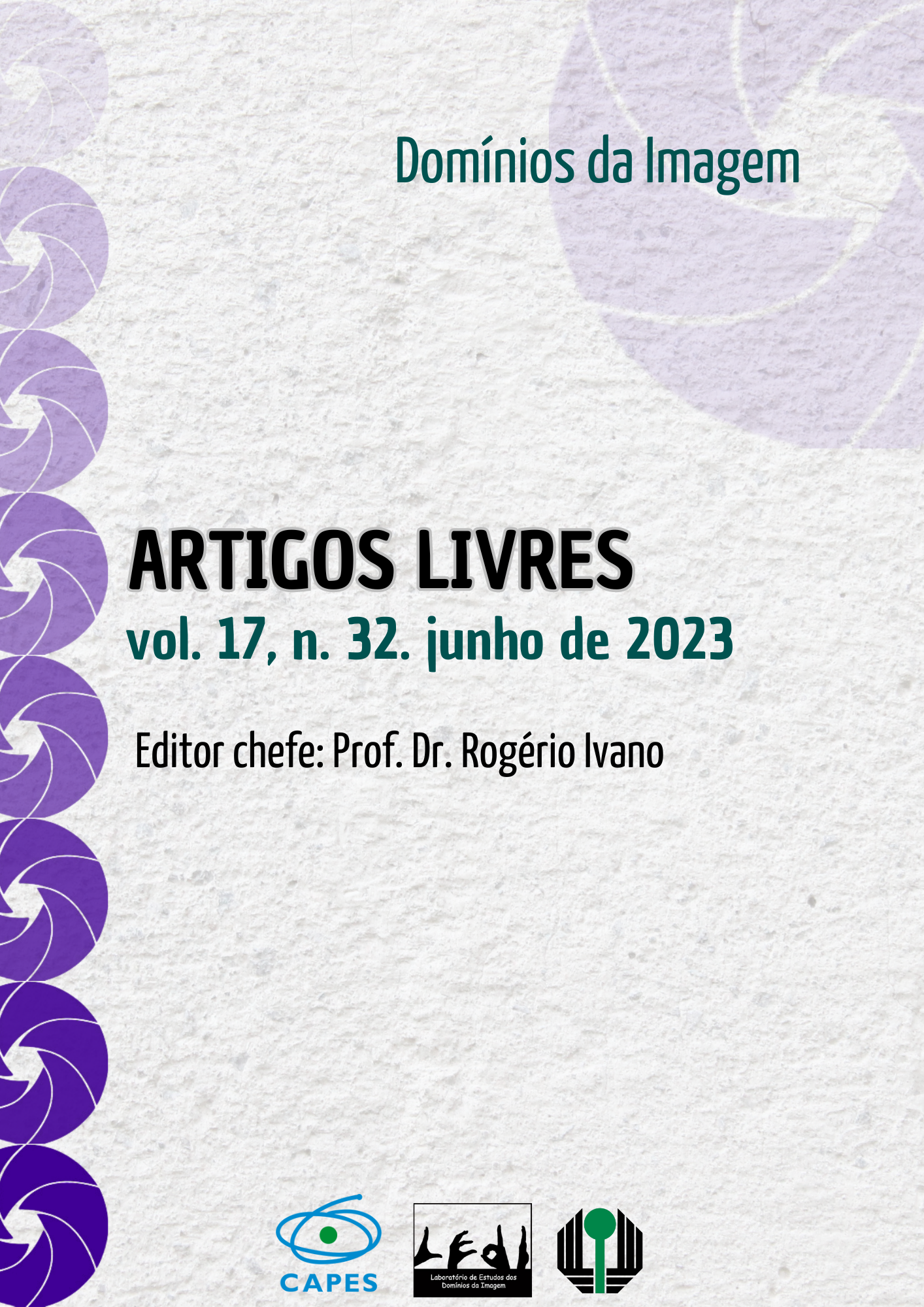El botón de Nácar
cinematography and the memory of water
DOI:
https://doi.org/10.5433/2237-9126.2023v17n32p163Abstract
El botón de Nácar (2015) is a documentary directed by Patricio Guzmán. Released between Nostalgia de la luz (2010) and La Cordillera de los sueños (2020), the film, like the other two, adopts a creative strategy that, in the words of the director - regarding his creative process - , follows "the path of intuition, deduction or metaphors" (GUZMÁN, 2017, p. 22). Like the others, El botón de Nácar offers an audiovisual experience that connects the events of the Augusto Pinochet Regime, during the Chilean Military Dictatorship, with other episodes from the country's memory. Based on a rigorous cinematography experience, signed by director of photography Katell Djian, El botón de Nácar is made of visual metaphors that are at the service of a productive argument: water has memory. Around this inference, the images of the film constitute a set of forms obtained through particular resources of the cinematographer. Faced with these images, it is possible to build a reflection on the way in which the tactical capture of images intensifies the idea that water has memory and expands our view regarding the relationship of water on Earth with the dynamics of the Universe. The study makes use of a methodology that, based on an imagery analysis, is inspired by the way Fayga Ostrower thinks about the creative process and the theoretical disposition of Georges Didi-Huberman, with regard to the treatment of memory through the idea of anachronism.
Downloads
Downloads
Published
How to Cite
Issue
Section
License
Copyright (c) 2024 Rogério Luiz Silva de OliveiraDomínios da Imagem adopts the Creative Commons Attribution 4.0 International License, therefore, the copyrights related to the published articles belong to the author(s), who grant the journal the exclusive right of first publication.
Under this license it is possible to: Share - copy and redistribute the material in any medium or format. Adapt - remix, transform, and build upon the material, giving due credit and providing a link to the license and indicating if changes were made.












 The works in this journal are licensed under Creative Commons .
The works in this journal are licensed under Creative Commons .